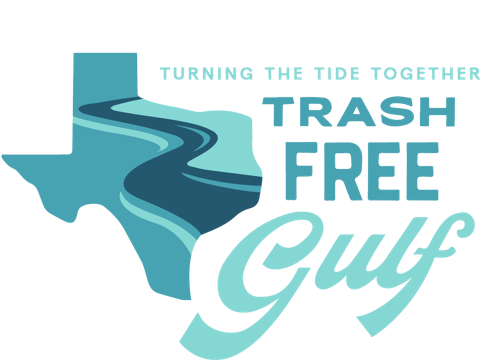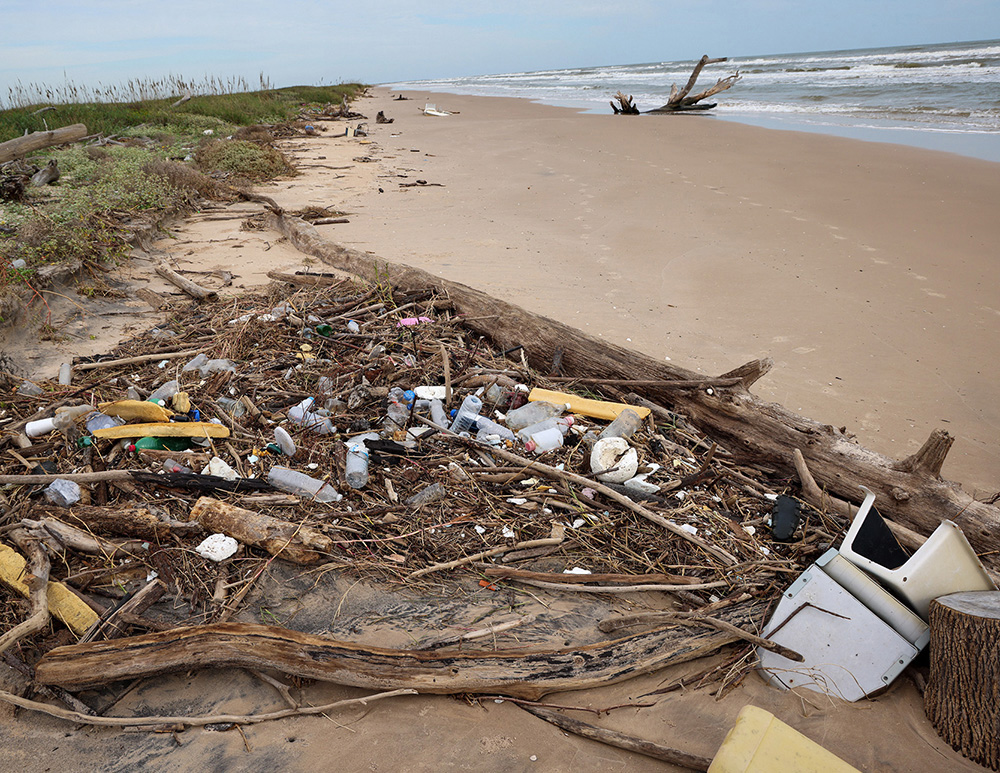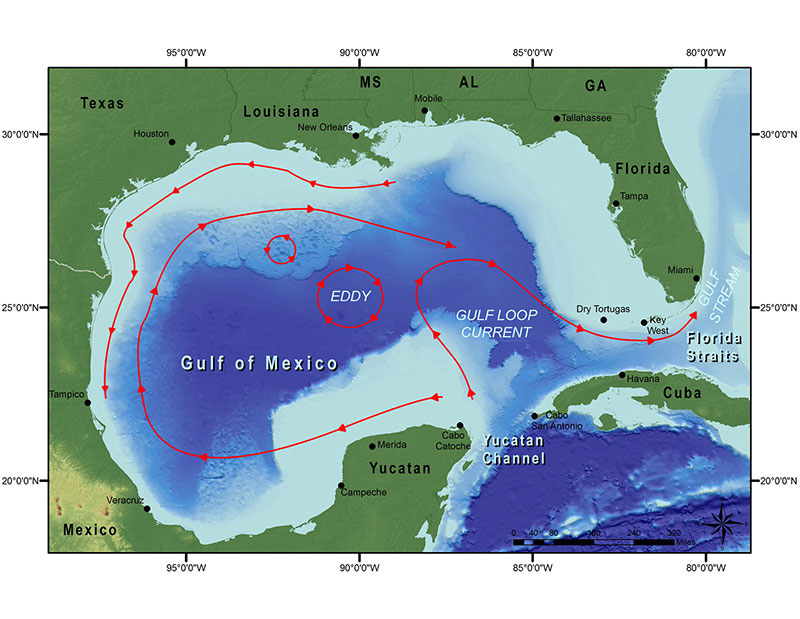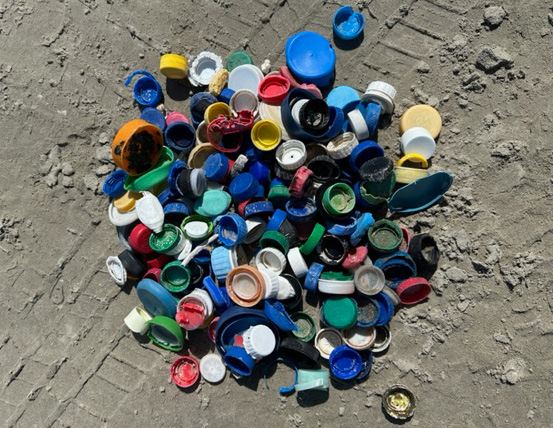Presented by H-E-B’s Our Texas, Our Future, the Trash Free Gulf campaign unites cleanup partners across the state in the Spring of 2025 to clean up our watersheds and raise awareness for healthy streams, rivers, lakes, bays, and oceans. As a part of this effort, cleanup partners are collecting data on the type and volume of trash collected to support solutions addressing the root causes of excessive litter. Together, we will work towards a Trash Free Gulf.
Our Mission
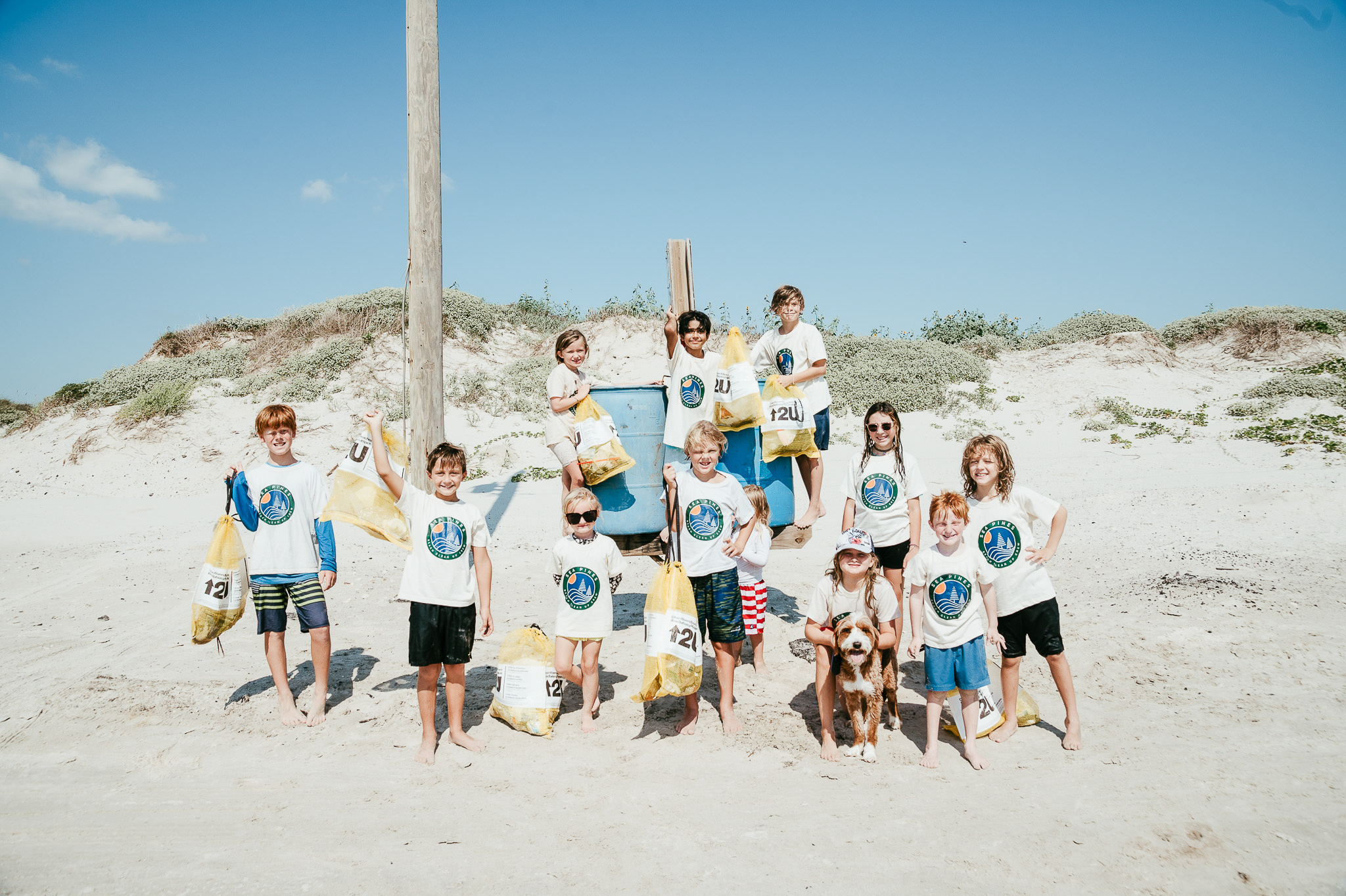
To conduct
40
cleanups in every major Texas watershed
To recruit
2000
volunteers
To prevent
800
tons of trash from reaching the Gulf
To collect
16000
plastic bottles
Collecting Data
We’re partnering with Keep Texas Beautiful and uploading all of our cleanup data to the Texas Litter Database. To learn more, download this Trash Free Gulf data submission packet.
What’s the problem?
According to a 2018 study, trash piles up along Texas’ coastal areas ten times faster than any other Gulf Coast state.
Around 80% of plastics in the aquatic environment come from land-based sources carried by wind and water.
Why does this matter?
- Texas ranks second in the US for biodiversity in its rivers and streams.
- Freshwater gives life to Texas coastal waters, which are nurseries for the Gulf.
- Tiny pieces of plastic can create abrasions in birds’ digestive system, leading to infection and bleeding. If they consume enough, it can block their digestive system, make them feel full, and cause malnourishment.
- Although plastic may seem impervious, it can also absorb chemicals from the surrounding water and those chemicals can then enter an animal’s body if ingested.
- Fishing line and balloon strings can birds and other animals by entangling them. Shorebirds often get so tangled up in monofilament fishing line that they can’t walk.
- Marine debris endangers over 900 marine species, including sea turtles, algae, oysters, and fish. Sea turtles most commonly eat plastic sheeting and plastic bags, which resemble their jellyfish prey.
- Abandoned fishing gear can continue to catch fish and other marine life in a phenomenon known as ghost fishing. Algae can stick and grow on floating microplastics. Filter feeders such as oysters, scallops, and mussels consume both algae and microplastics simultaneously. These tiny plastic particles can then move up the food chain, being ingested by blue crabs and small fish, which are in turn eaten by larger predators like seals, sharks, and dolphins.
Make a Contribution
Your gift helps us support litter cleanups across the state and healthier rivers, lakes, and the Gulf for humans and wildlife.
